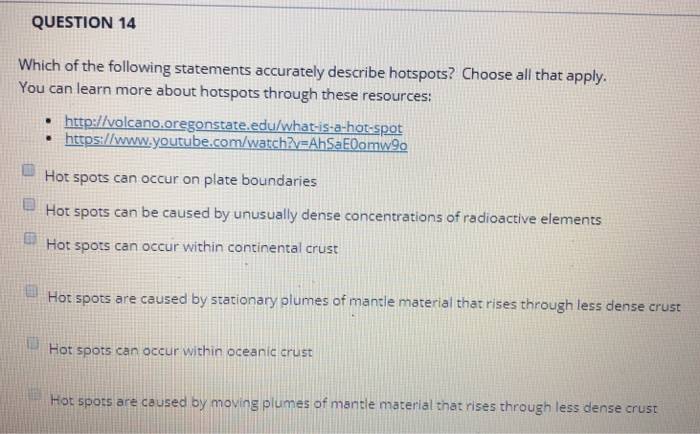All Of The Following Accurately Describe Hadoop Except

Hadoop is an open-source distributed processing framework that manages data processing and storage for big data applications in scalable clusters of computer servers. The technology is formally known as Apache Hadoop, and the technology is developed as an open-source project within the Apache Software Foundation.
All of the following exactly describe Hadoop, except:
Java-based. Distributed computing approach.
Hadoop is not suitable for small data. (HDFS) The Hadoop distributed file system cannot efficiently support the random read of small files due to its high-capacity design. Small files are a big problem in HDFS. A small file is much smaller than the HDFS block size
Following are the Hadoop daemons.
Hadoop has five such daemons: NameNode, Secondary NameNode, DataNode, JobTracker, and TaskTracker.
Table of Contents
What are the Chief Components Of Big Data?
Main Components of Big Data
machine learning. It is the science of making the computer learn the material itself. ,
Natural Language Processing (NLP) can understand spoken language to human language. ,
Business Intelligence.
Cloud Computing.
Limitations of Hadoop
The main problem with Hadoop is that it is not Suitable For Small Data.

- Problems with small files. The main problem with Hadoop is that it is not suitable for small data.
- Slow processing speed.
- Support for batch processing only.
- No real-time processing.
I am—iterative processing.
- latency.
Yes. No ease of use.
- security issue.
What is All Of The Following Accurately Describe Hadoop Except
Apache Hadoop is an open-source software background for distributed storage and processing large data sets. Open source means that it is freely available, and even we can change its source code as per the need.
Apache Hadoop also makes running applications on systems with thousands of nodes. It provides faster data transfer rates between nodes in a distributed file system.
Main Features of All Of The Following Accurately Describe Hadoop Except
In Apache Hadoop, data is available despite machine failure due to multiple copies of data. So, if a machine crashes, one can access the data from another path.
Apache Hadoop is scalable because it is easy to add new hardware to Node.
Hadoop is highly fault-tolerant because, by default, three replicas of each block are stored in the cluster. Therefore, if a node in the cluster goes down, the data for that Node can be easily retrieved from another node.
Apache Hadoop runs on a cluster of trade hardware articles that are not expensive.
In Apache Hadoop, data is stored reliably on the cluster despite hardware failure due to data replication across the collection.
Although Hadoop is the most potent tool in Big Data, it has many limitations. Due to the rules of Hadoop, Apache Spark and Apache Flink came into existence.
Conclusion
As a result of the limitation of Hadoop, the need for Spark and Flink arose. Thus, make the system friendly to play with large amounts of data.
Apache Spark offers in-memory processing of data, thus improving the processing speed. Flink enhances performance as it allows for single run-time for streaming and batch processing.
Spark offers a safety bonus. Hence, these Hadoop limitations can be solved using other big data technologies like Apache Spark and Flink.
If you find other limitations of Hadoop, please let us know by leaving a comment in the below section.

